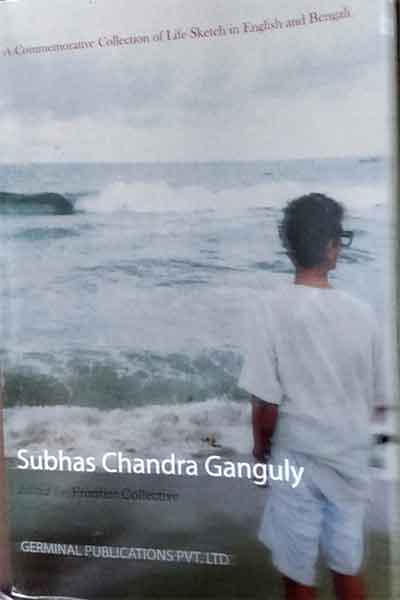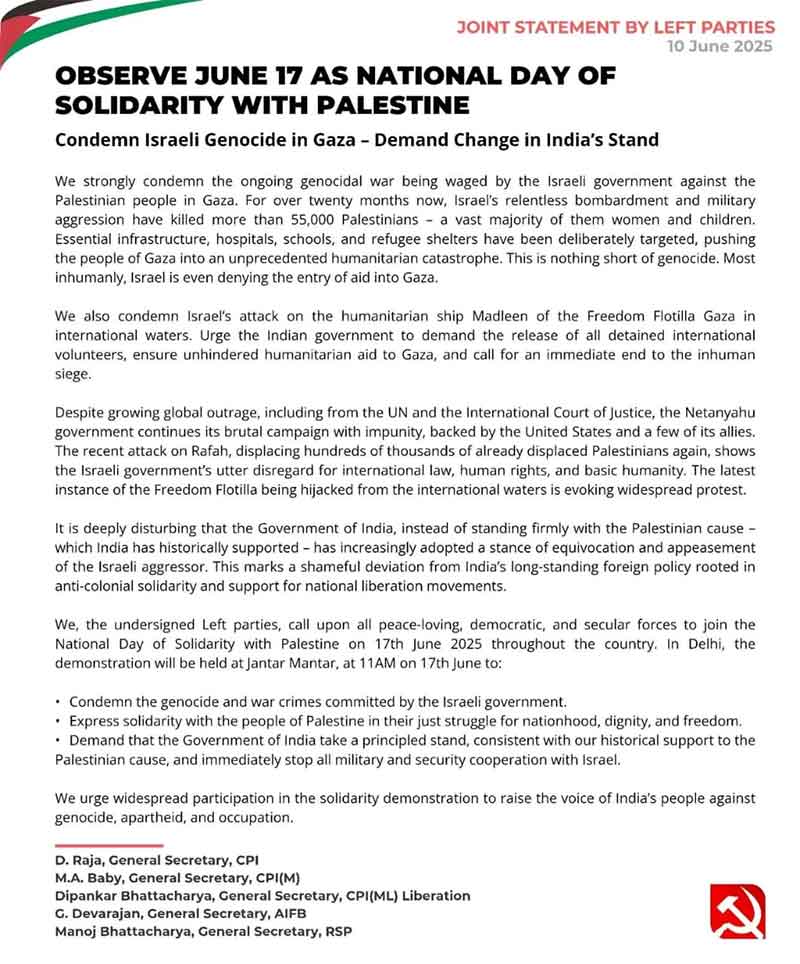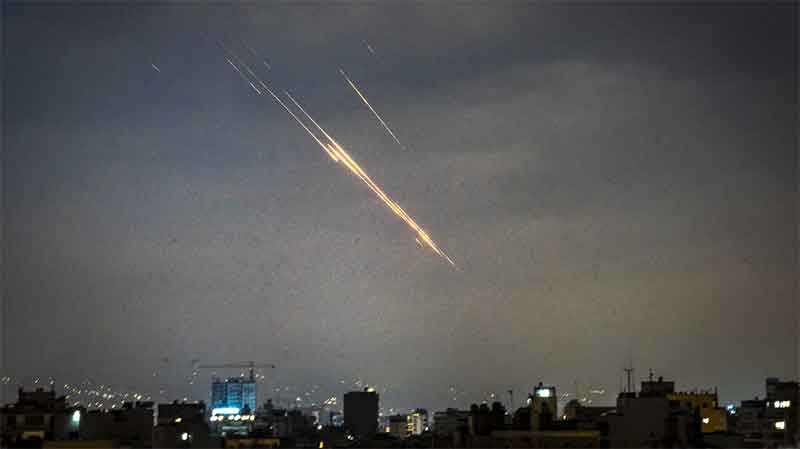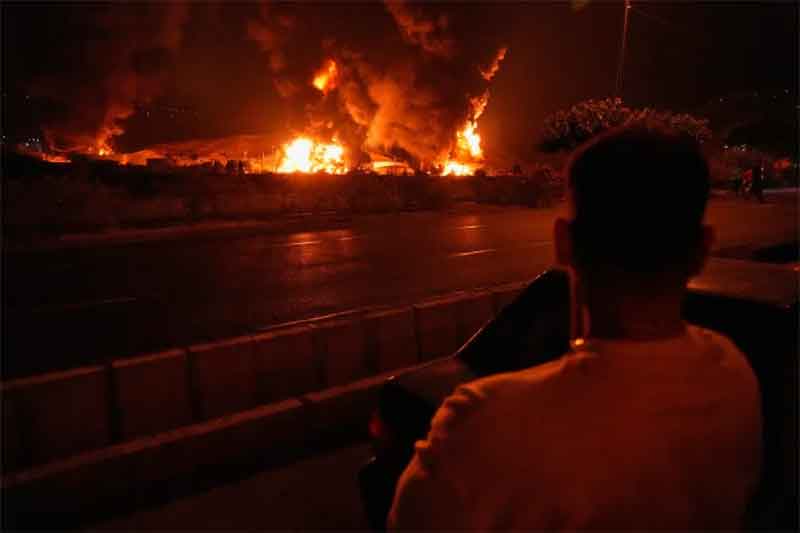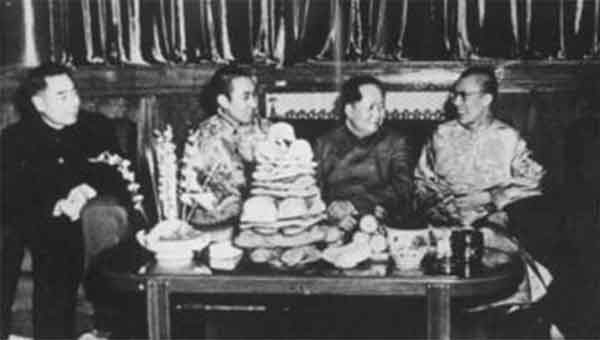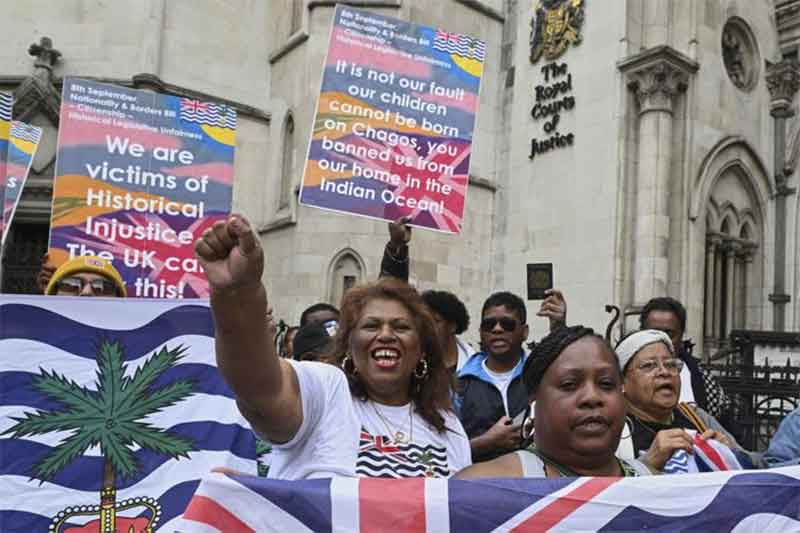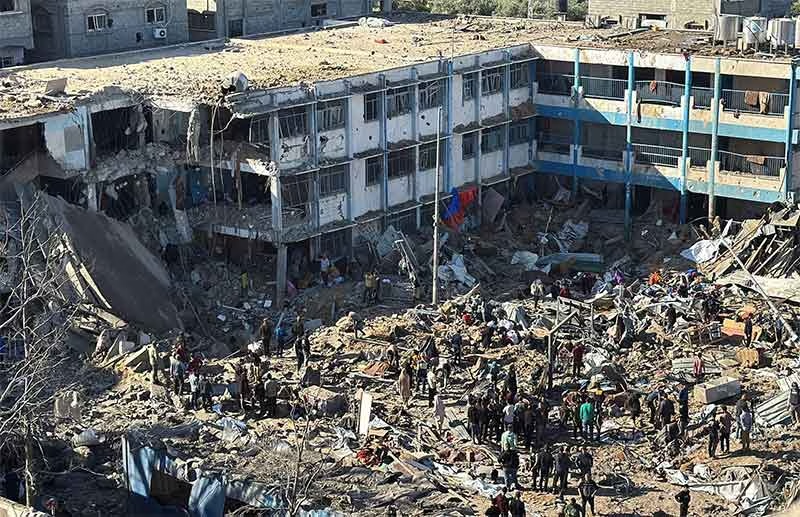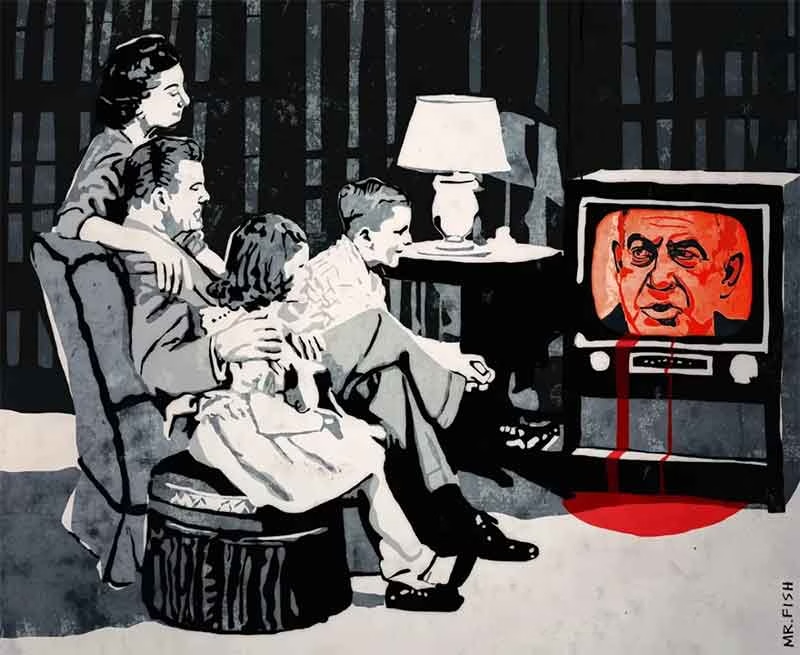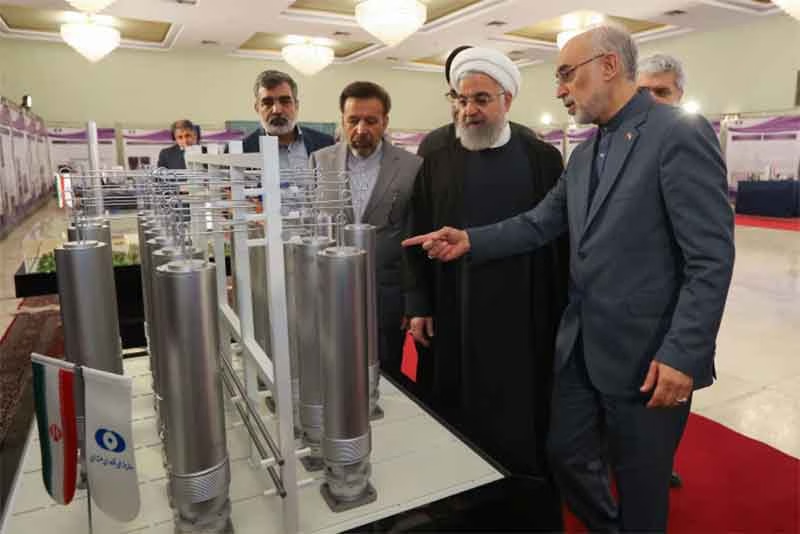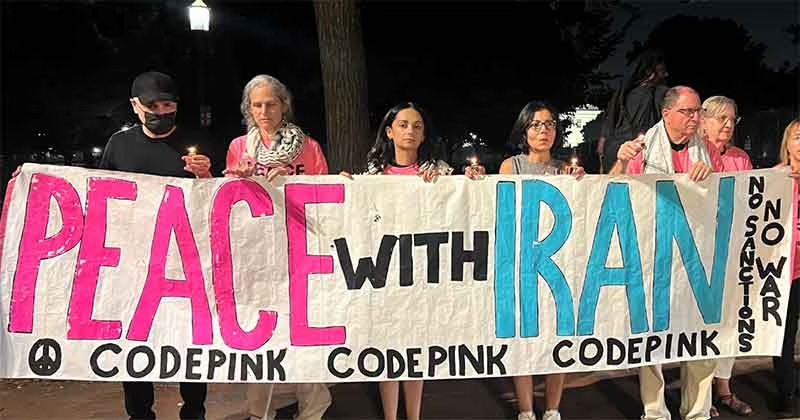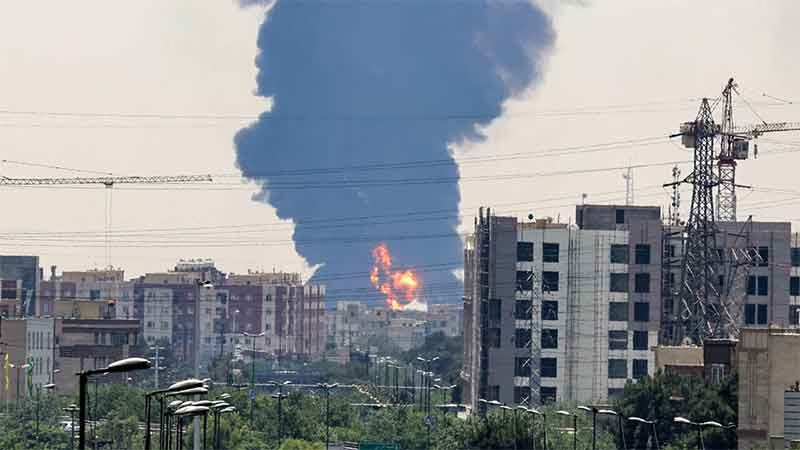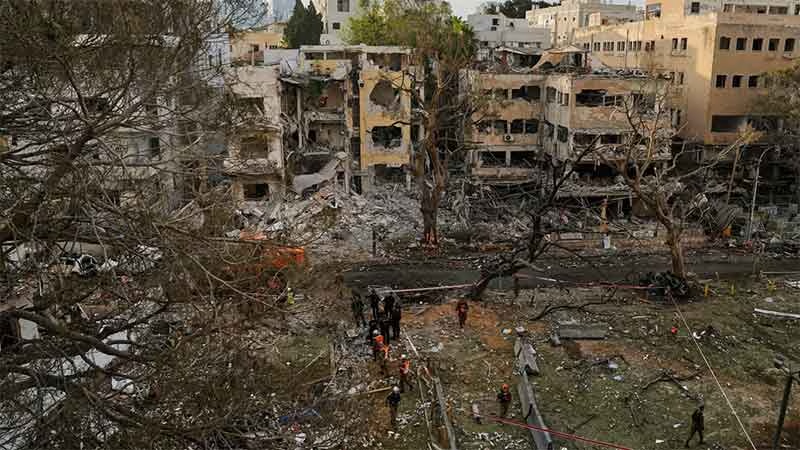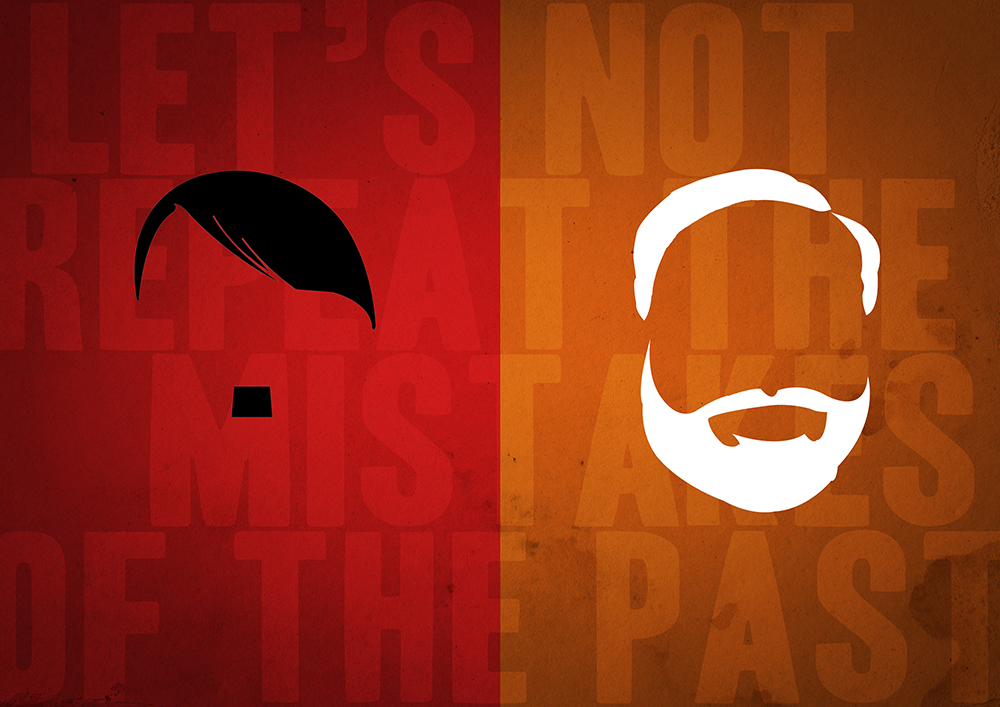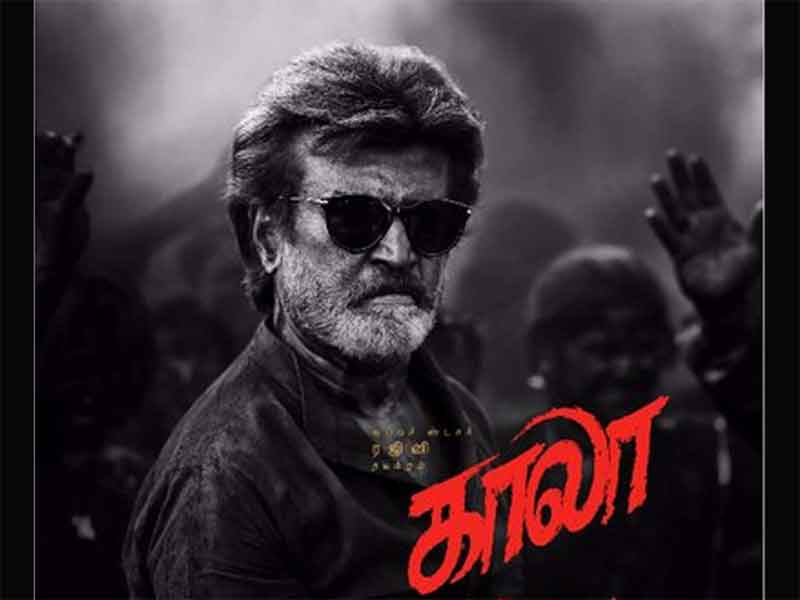
“Swami believes that a Dalit actor and an actor playing Dalit are two different things. Right?”
“What’s the difference?”
“Doesn’t matter.”
– The Discreet Charm of the Savarnas
This set of dialogues from a short film released in 2020, directed by Rajesh Rajamani and presented by Pa. Ranjith, highlights the ironies inherent in the structuring of a narrative by the upper-caste(s)/Savarnas when addressing a specific ‘caste question’ in the plot. In post-Independence projects, attempts have been made to address the ‘caste question’ through cinematic representations. Although there was a certain consistency in these representations, the narrative shifted according to the dynamics of the prevailing phase when ideas of fundamental equality and eliminating social discrimination were gaining ground after Dr. B.R. Ambedkar’s immense efforts to transform the material reality of the oppressed masses.
Though post-Independence projects reflected newly associated ideas of social liberalism and attempts at ‘reform,’ most of these enthusiastic projects reinforced Savarna stereotypes, failing to address the fundamental realities of the Bahujans, and rather indulging in a patronizing exercise. On the manifestations of the ‘caste question’ in Indian cinema with respect to Bahujan representation and their active part in engaging in a ‘spectatorship,’ Jyoti Nisha’s article in the Economic and Political Weekly is indeed illuminating.
Nisha employs the concept of an “oppositional gaze” to analyze this particular form of “Bahujan spectatorship” in Indian cinema, deriving influence from bell hooks’ argument. This enables her to construct a paradigm for cinematic analysis conveying the representational aspects and socio-political articulation of Bahujan issues. This contrasts sharply with the dominant and mainstream narrative reflecting the “popular gaze” which neglects to address or addresses passively the intersections of caste with gender.
Tracing the developments in post-Independence Indian cinema, Nisha contends that the “ideology” produced by the newly-constructed nation-state for structuring cinematic narratives depicted a “national identity” with new meanings of ‘nationhood’ as the underlying theme of most “realist cinema.” This shaped and maintained the hegemony of a “monolithic Hindu aesthetic” that was upper-caste in nature. She observes a clear “ideological” distinction in the “imagination” of the ‘nation’ with a rural (Gandhi) / urban (Ambedkar) dichotomy; where Mohandas Gandhi invoked a performative display of patronization in exchange for a caste apologism that adhered to principles which glorify the Hindu social order. In contrast, Dr. B.R. Ambedkar rejected the entire Hindu social order, which lacked fundamental inclusions of basic human equality within its structure.
This observation is relevant to her central formulation: the “popular gaze” in post-Independence cinema created a discourse on caste and gender from the “standpoint” of the ruling state, which influenced the cinematic narrative through the “ideological state apparatuses” (a concept borrowed from the French philosopher Louis Althusser). Using Nisha’s method, this essay attempts to observe the working of the “cinematic gaze” (combined with aspects of “Bahujan spectatorship”), the adherence to “popular codes,” and whether a comparative caste analysis among three films can help us study the “subversion” of these “popular codes.” The films analyzed are Sonchiriya, Article 15, and Kaala.
Sonchiriya, released in 2019, was directed by Abhishek Chaubey. The film, at first glance, is a creation reflecting a “popular gaze” attempting to strike a ‘liberal appeal’ with the spectator, where the discourse and knowledge production on the aspects of ‘gender’ and ‘caste’ occur from the initiative of a Brahmin director. The prologue of the film highlights a negotiation between the leader of a dacoit gang, Maan Singh, and Beni Ram, a smuggler, where the former is offered a gift of imported guns on the condition that the latter is guaranteed the protection of the former to escape the village and the vengeance of Phuliya, a Bahujan rebel woman, and her gang. Both men share a caste affiliation as members of the Thakur community. Maan Singh’s arch-rival is Inspector Balkhandiya, who belongs to the Gujjar community. Though Balkhandiya insists he is performing his ‘governmental duty’ by hunting the gang and killing them one by one, the motives behind his actions point to a caste feud, eventually leading to Maan Singh’s death at Balkhandiya’s hands.
Another dichotomy emerges in the narrative between the ‘state apparatus’ and the ‘outlaw,’ where “government bullets” are considered “ineffective” by the ‘outlaw rebels’ (Baaghis). The only principle they emphasize is that a “Baaghi’s dharma” is to “live and die in the ravines.” While focusing on this dichotomy, the complexities of the caste rivalry are conveniently silenced. Indumati Tomar, a Thakur woman, rescues a grievously wounded minor girl, Khushiya, from the Jhirsa caste (considered ‘untouchables’ according to the Hindu social order) after killing her father-in-law, the aggressor. This introduces a dilemma for the ‘Vakil Singh-faction’ upon realizing the girl had a Thakur caste identity similar to Indumati, which was why they agreed to help in the first place. The attempted “subversion” of “popular codes” fails, reinforcing a hegemonic discourse based on a Hindu “national identity.” Both Baaghi Thakur Maan Singh and Inspector Balkhandiya Gujjar invoke Rama, the Hindu deity, for appropriation at particular points; the former to repent his sins of killing innocent children, and the latter to illustrate the hesitation Indumati’s husband and son should feel in accepting her ‘sanctity,’ just as Rama did after Sita’s return from Ravana’s Lanka.
An interesting part of the narrative is the brief exchange between Phuliya and Indumati, where Phuliya convinces Indumati to join her gang of Mallah caste rebels. Indumati is doubtful because of the existing animosity between the Savarna Thakurs and the Bahujan Mallahs. Phuliya responds that “women are a different caste altogether beneath all” and “Brahmins, Thakurs, Baniyas, and Sudras are castes only to categorize the men.” While this might reflect a realistic take on gendered marginalization, it considers the oppression of females as a monolithic category devoid of internal distinctions. To portray a performative variant of ‘liberal feminism,’ this part of the narrative brushes away the intersections of caste and gender, reducing the gendered marginalization of Bahujans to a ‘passive victimhood’ through the character of the ‘untouchable’ Jhirsa girl.
Article 15, released in 2019, was directed by Anubhav Sinha. As with Sonchiriya, the discourse of this narrative is shaped similarly by a Savarna director. The protagonist, Ayan Ranjan, is a Brahmin Indian Police Service officer disturbed by “caste hierarchies” but does nothing to understand their “genesis” and “mechanism” or “annihilate” the institution actively. The film’s title refers to the constitutionally guaranteed provision of the “fundamental right to equality” and “no discrimination,” but this is a mere performative gesture to recognize the Constitution’s relevance, comfort the ‘liberal’ masses, and recreate the “popular gaze” to address the ‘caste question’ using the dominant narrative. Nisha exposes the agenda behind the “upper-caste victim gaze,” which translates into a stereotypical depiction of Bahujans through Gaura as “poor” and “dark-skinned.” Nisha highlights another problematic aspect: the “sensationalization” of sexual violence against Dalit girls on-screen, reducing their trauma to a plot device. Conclusively, Nisha considers Sinha’s “gaze” largely “Brahminical”; it “exploits” the use of “tragedy” to enhance “viewership” through caste-based characterizations (such as “manual scavengers”) enforcing “stereotypes” and serves the Brahminical “ideological state apparatus” by proclaiming a member of the “institutional state apparatus” as a “crusader of rights” (Ayan Ranjan) while “annihilating” Bahujan youth leaders (Nishad) who rebel against the casteist State.
Kaala, released in 2018, was directed by Pa. Ranjith. What sets this film apart from Sonchiriya and Article 15 is its discourse generated by a Bahujan director. The role of Karikaalan, a popular Bahujan leader of Dharavi, played by Rajnikanth, is significant. Nisha considers Ranjith’s contribution important because he “reverses the gaze of marginalized representation” in Indian cinema. Using symbolisms embedded within “binaries,” the story depicts the antagonism between Karikaalan and Hari Dada Abhayankar, an upper-caste politician. Fundamental to its narrative, as Nisha observes, is the socio-political “imagination” of the marginalized, distinct from the “popular imagination.” Ranjith drives this point home by associating the symbolisms of Buddhist thought as a “state ideology” with “Ambedkarite consciousness,” far different from the “casteist state ideology” propagated by the Indian nation-state. Bahujan representation in Kaala “restores” a sense of “dignity” in depictions of the “marginalized” in mainstream Indian cinema. The “evil” nature is associated with the Savarna politician, though he is portrayed clad in white (a color associated with “purity”). Interestingly, the film does not convey traditional patriarchal connotations, as the women are shown to be “assertive” with independent “agency.” Nisha draws our focus to symbolic figures throughout the film, such as Buddha, Phule, and Ambedkar, and other instances such as Karikaalan’s car number plate reading “MH 01 BR 1956,” conveying Ambedkar’s adoption of Buddhism in 1956. Hence, Kaala can be considered a “break” and “reversal” from the dominant narrative imposed by a hegemonic Savarna line of thought, responding to and feeding the “popular gaze” (alienating the Bahujans) when grappling with the ‘caste question.’
Subscribe to Our Newsletter
Get the latest CounterCurrents updates delivered straight to your inbox.
The comparative analysis of these three films to contextualize issues of caste highlights the operation of “popular codes” subject to “subversion” in certain instances. Savarna directors often fail to consider “Bahujan spectatorship” while attempting to satisfy the “popular gaze” through mainstream Indian cinema. Filmmakers’ socio-political ideas must go beyond normalized conventions of “victimhood.” The cinematic medium needs a more critical engagement with the ‘caste question’ to impact the material realities and everyday lived experiences of the Bahujan community.
Somnath Pati is an independent researcher and former political consultant with an M.A. in Modern History from the Jawaharlal Nehru University. He writes on identities and social conflict. He can be reached at @rebel_academic and [email protected].










